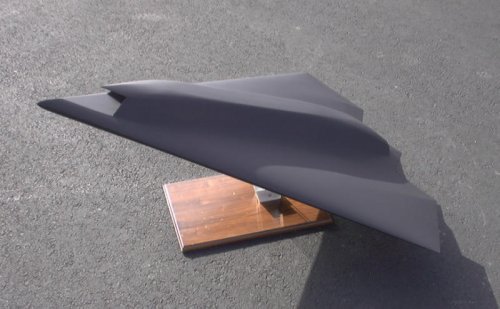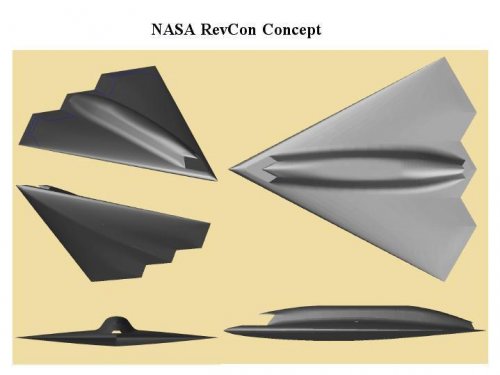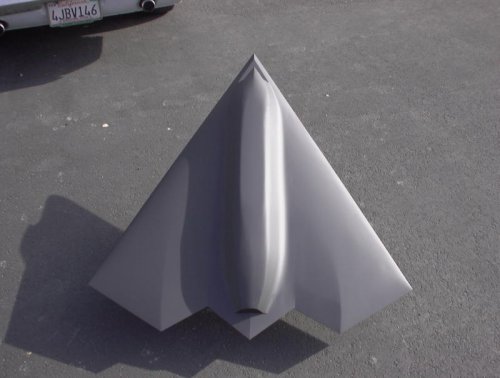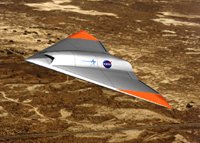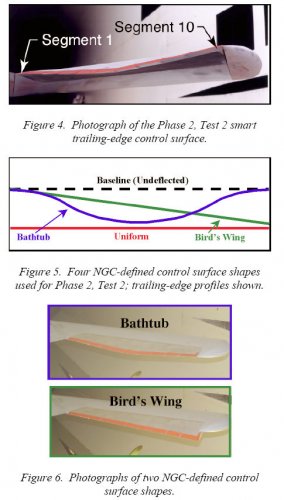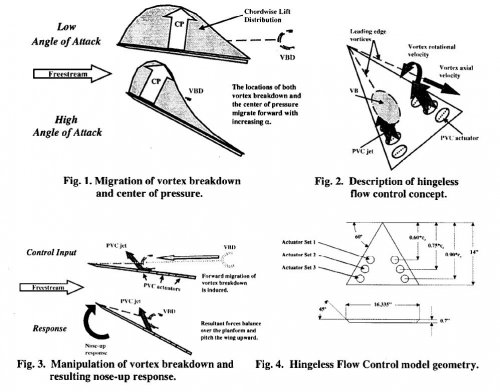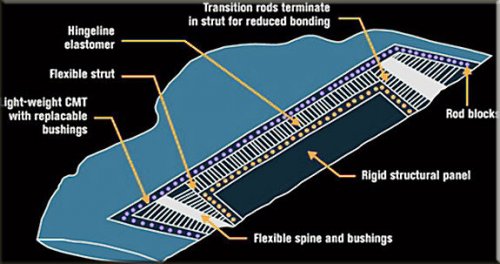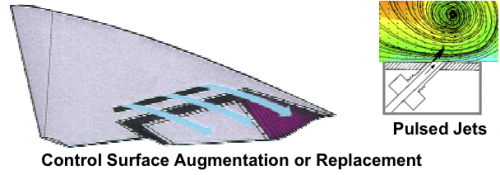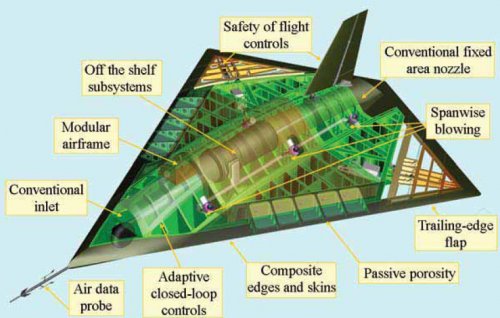- Joined
- 1 April 2006
- Messages
- 10,970
- Reaction score
- 8,073
http://www.dfrc.nasa.gov/Newsroom/X-Press/2000/June2/frontfull0.html
The Dryden X-Press Volume 42, Issue 7 June 2, 2000
The Dryden X-Press Volume 42, Issue 7 June 2, 2000
Smart Vehicle - Advanced Technology Demonstrator consists of an uninhabited technology demonstrator that will showcase innovative, hingeless aerodynamic effectors that will increase the maneuverability and performance of the vehicle with reduced signature. An advanced autonomous management system will provide health monitoring, fault detection, systems identification, control design, and control allocation and reconfiguration.
This project will be led by Langley with partners Lockheed Martin Tactical Aircraft Systems; Physical Sciences, Inc., Andover, Mass; Tel Aviv University, Israel; Naval Air Systems Command, Patuxent River, Md.; and Dryden.

